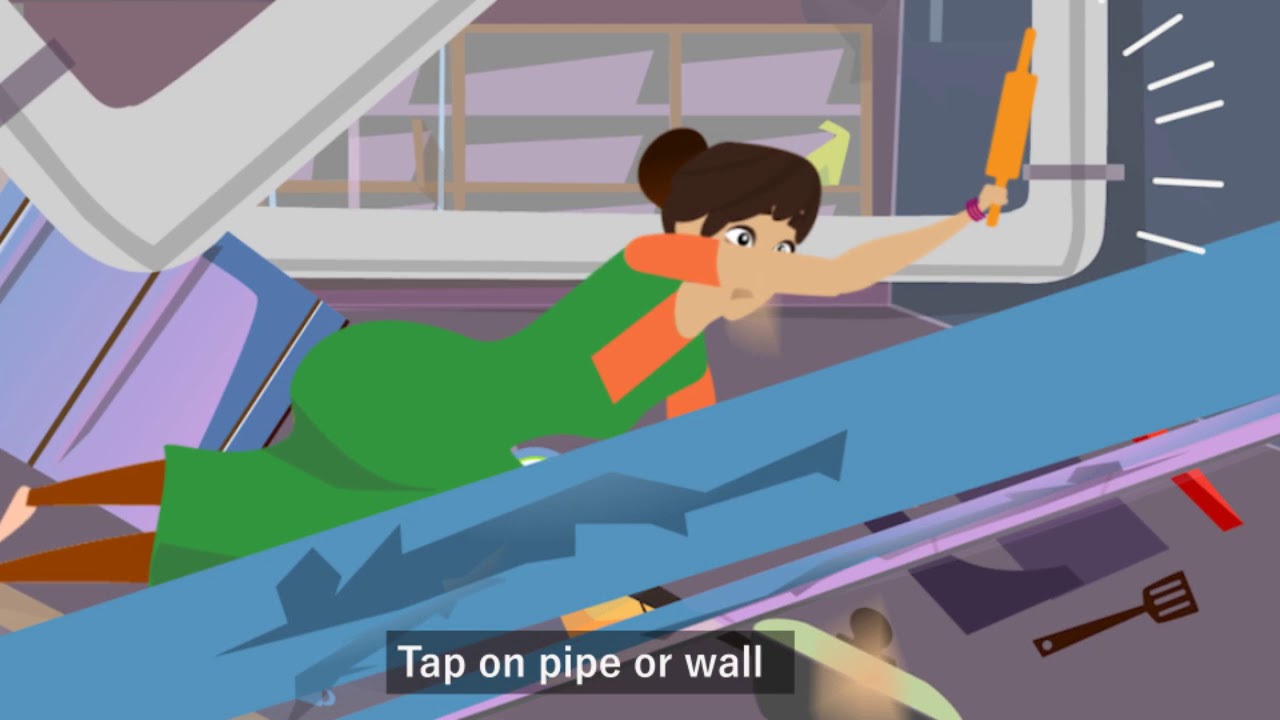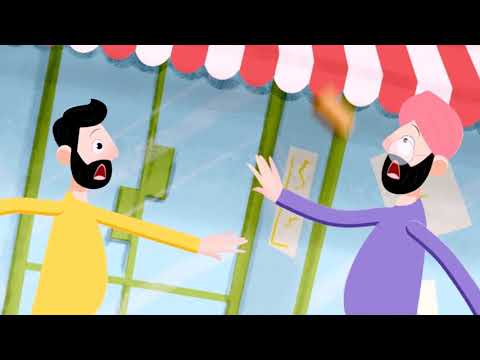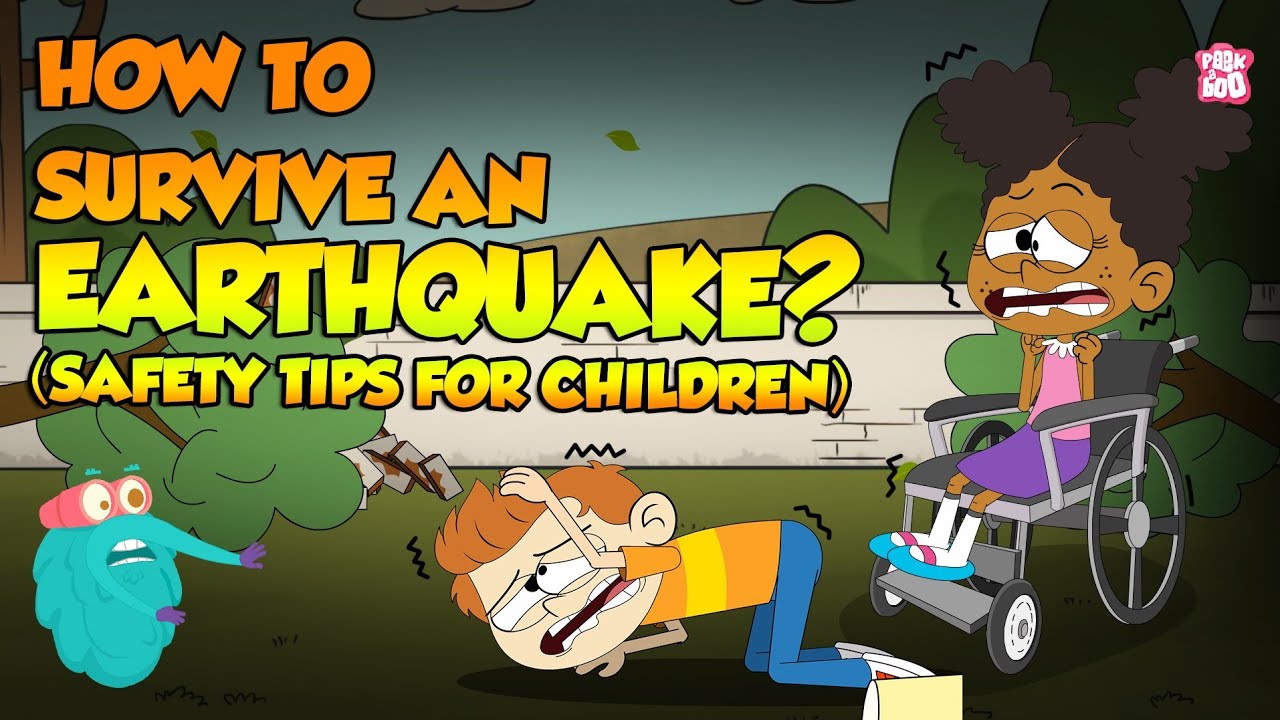NATURAL DISASTER-EARTHQUAKE
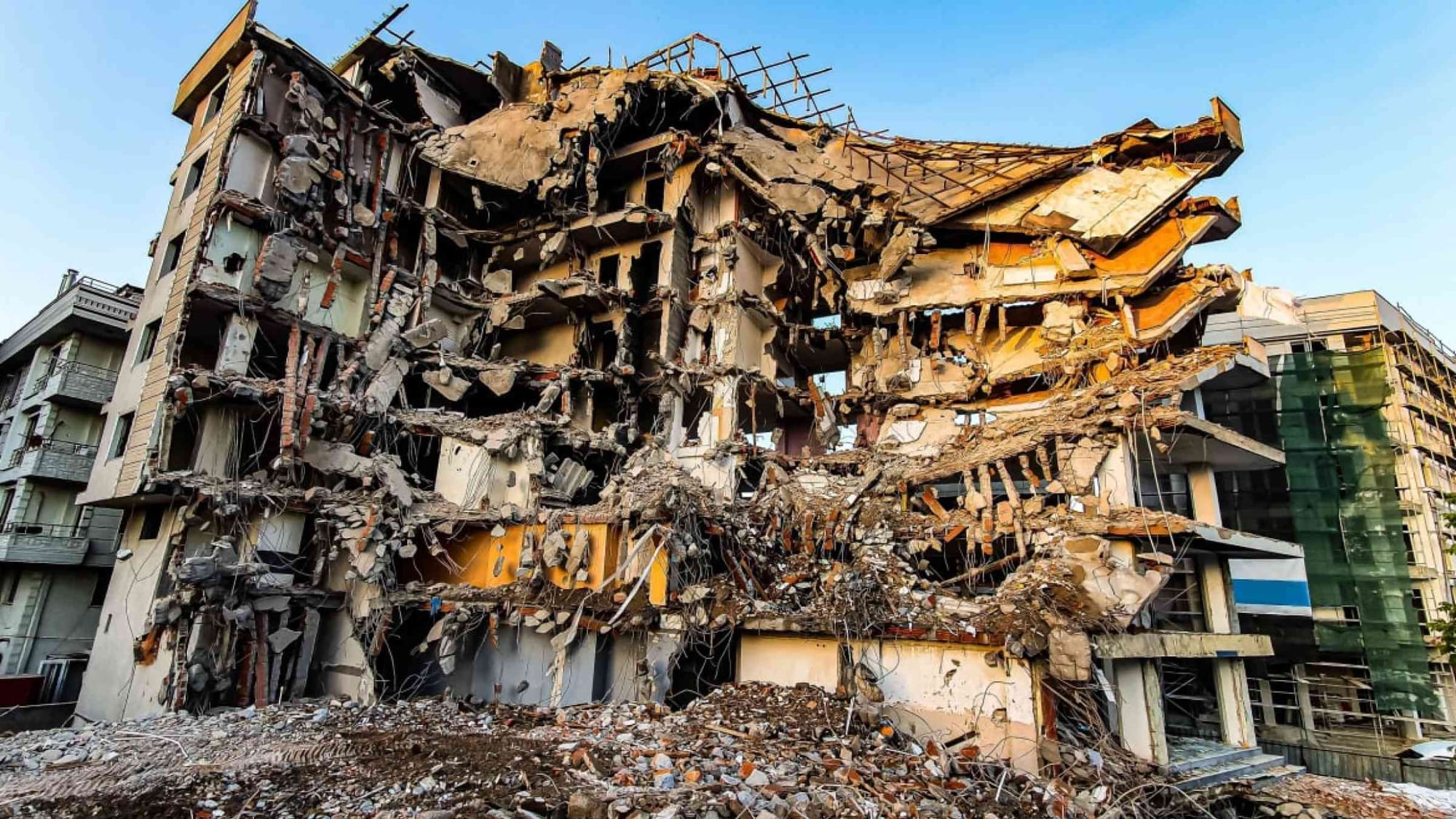
What is an Earthquake?
An earthquake is what happens when two blocks of the earth suddenly slip past one another. The surface where they slip is called the fault or fault plane. The location below the earth’s surface where the earthquake starts is called the hypocenter, and the location directly above it on the surface of the earth is called the epicenter.
Sometimes an earthquake has foreshocks. These are smaller earthquakes that happen in the same place as the larger earthquake that follows. Scientists can’t tell that an earthquake is a foreshock until the larger earthquake happens. The largest, main earthquake is called the mainshock. Mainshocks always have aftershocks that follow. These are smaller earthquakes that occur afterwards in the same place as the mainshock. Depending on the size of the mainshock, aftershocks can continue for weeks, months, and even years after the mainshock! An earthquake is what happens when two blocks of the earth suddenly slip past one another. The surface where they slip is called the fault or fault plane. The location below the earth’s surface where the earthquake starts is called the hypocenter, and the location directly above it on the surface of the earth is called the epicenter.Sometimes an earthquake has foreshocks. These are smaller earthquakes that happen in the same place as the larger earthquake that follows. Scientists can’t tell that an earthquake is a foreshock until the larger earthquake happens. The largest, main earthquake is called the mainshock. Mainshocks always have aftershocks that follow. These are smaller earthquakes that occur afterwards in the same place as the mainshock. Depending on the size of the mainshock, aftershocks can continue for weeks, months, and even years after the mainshock!
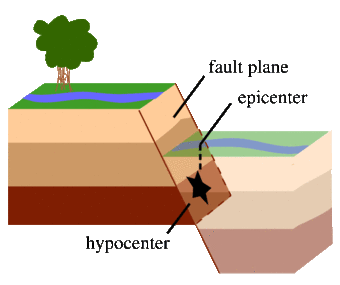
What causes earthquakes and where do they happen?
The earth has four major layers: the inner core, outer core, mantle and crust. The crust and the top of the mantle make up a thin skin on the surface of our planet.But this skin is not all in one piece – it is made up of many pieces like a puzzle covering the surface of the earth. Not only that, but these puzzle pieces keep slowly moving around, sliding past one another and bumping into each other. We call these puzzle pieces tectonic plates, and the edges of the plates are called the plate boundaries. The plate boundaries are made up of many faults, and most of the earthquakes around the world occur on these faults. Since the edges of the plates are rough, they get stuck while the rest of the plate keeps moving. Finally, when the plate has moved far enough, the edges unstick on one of the faults and there is an earthquake.
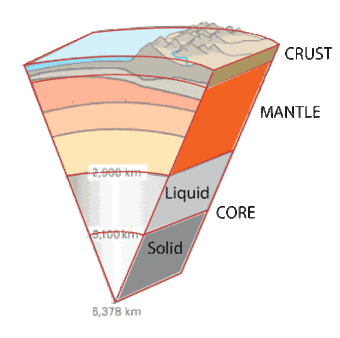
https://www.usgs.gov/programs/earthquake-hazards/science-earthquakes
What to do during an earthquake?
- Stay calm, do not panic
- If inside do not run outside of the building
- Get under a sturdy desk, table, bed and protect head and eyes and hold on to the desk, bed or table.
- Stay away from glass mirrors, windows, picture frames and objects that may shatter
- Stand in a strong doorway and be careful of swinging doors
- Do not use elevators or stairs
- If on the street move into an open area away from buildings
- If driving, bring your car safely to a stop at the side of the road, away from electrical poles, lines, bridges and trees. Stay in the car and be vigilant what to do after an earthquake · check for fires · check for injuries and administer first aid · check utilities and shut off if necessary · listen to your radio for emergency bulletins
- Check your house for damages and evacuate if any threat.
- Report damage to the fire services or relevant authorities
- Stay away from landslide prone areas · secure your property and stay away from buildings that may have been weakened by the earthquake
- Assess your situation and take action to improve preparedness in the future.
#Earthquake | Do's and don'ts during an earthquake
Protect yourself during an earthquake
#Earthquake | What to do when outside during an earthquake?
10 Ways to Survive an earthquake, according to experts
Some effects of earthquakes are:-
- Damage to buildings/houses
- Landslides
- Fires
- Tsunamis
- Liquefaction-reduces the strength of the soil
What to Do Before an Earthquake
- Make sure you have a fire extinguisher, first aid kit, a battery-powered radio, a flashlight, and extra batteries at home.
- Learn first aid.
- Learn how to turn off the gas, water, and electricity.
- Make up a plan of where to meet your family after an earthquake.
- Don't leave heavy objects on shelves (they'll fall during a quake).
- Anchor heavy furniture, cupboards, and appliances to the walls or floor.
- Learn the earthquake plan at your school or workplace.
What to Do During an Earthquake
- Stay calm! If you're indoors, stay inside. If you're outside, stay outside.
- If you're indoors, stand against a wall near the center of the building, stand in a doorway, or crawl under heavy furniture (a desk or table). Stay away from windows and outside doors.
- If you're outdoors, stay in the open away from power lines or anything that might fall. Stay away from buildings (stuff might fall off the building or the building could fall on you).
- Don't use matches, candles, or any flame. Broken gas lines and fire don't mix.
- If you're in a car, stop the car and stay inside the car until the earthquake stops.
- Don't use elevators (they may shut down).
What to Do After an Earthquake
- Check yourself and others for injuries. Provide first aid for anyone who needs it.
- Check water, gas, and electric lines for damage. If any are damaged, shut off the valves. Check for the smell of gas. If you smell it, open all the windows and doors, leave immediately, and report it to the authorities (use someone else's phone).
- Turn on the radio. Don't use the phone unless it's an emergency.
- Stay out of damaged buildings.
- Be careful around broken glass and debris. Wear boots or sturdy shoes to keep from cutting your feet.
- Be careful of chimneys (they may fall on you).
- Stay away from beaches. Tsunamis and seiches sometimes hit after the ground has stopped shaking.
- Stay away from damaged areas.
- If you're at school or work, follow the emergency plan or the instructions of the person in charge.
Expect aftershocks.
